136 CD / The Tube Only Night Music
The Tube Only Night Music
W. A. Mozart A Little Night Music KV 525, Divertimenti KV 136, 137, 138
Polish Chamber Philharmonic Orchestra, Wojciech Rajski
Tube Only / Transistorfrei
EAN/barcode: 4009850013600


Description
Get yourself vaccinated in time!
The rococo red Mozart flood is looming on the horizon. In jubilee year it will bring us a plague of catchy tunes, also known as earworms, which you are advised to immunise yourself against to save your ear passages from clogging up. Particular risk of infection is expected from Mozart’s Eine Kleine Nachtmusik K 525 […..]It is as if the veins of a well-preserved mummy long frozen in glacier ice were to be refilled with living blood and spirits and return to life from eternal cryofication. At one point Mozart jumps so cheekily from G major to E flat major that one cannot help laughing. The old surprises can still spring themselves on us as if they were new. This last movement might be famous but it is too nimble to whistle along to and too lively to be an “earworm”. So it is the best immunisation, and the treatment can, by the way, be applied to the surround sound listener via five speakers." (Die Zeit, Volker Hagedorn)
9 reviews for 136 CD / The Tube Only Night Music
You must be logged in to post a review.

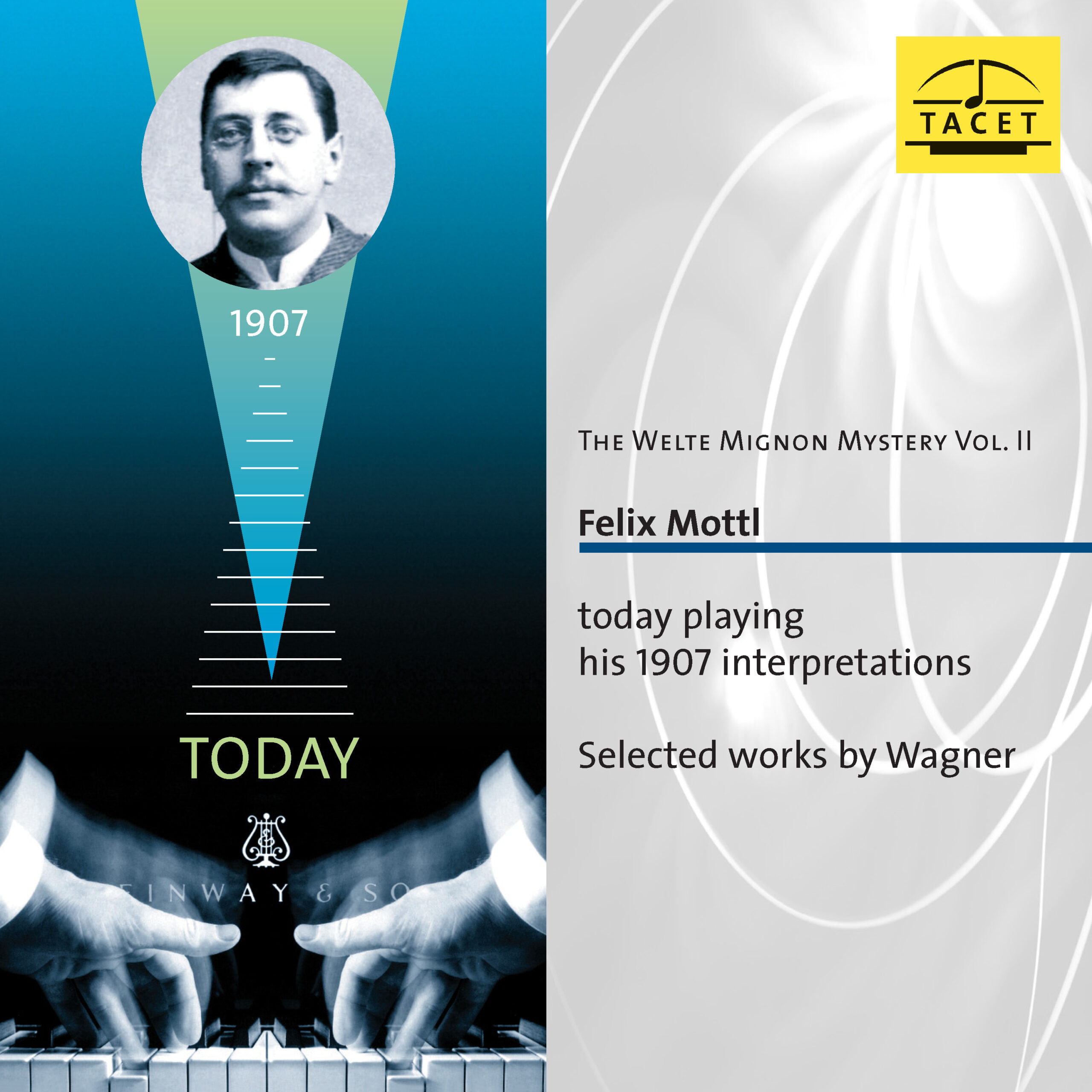
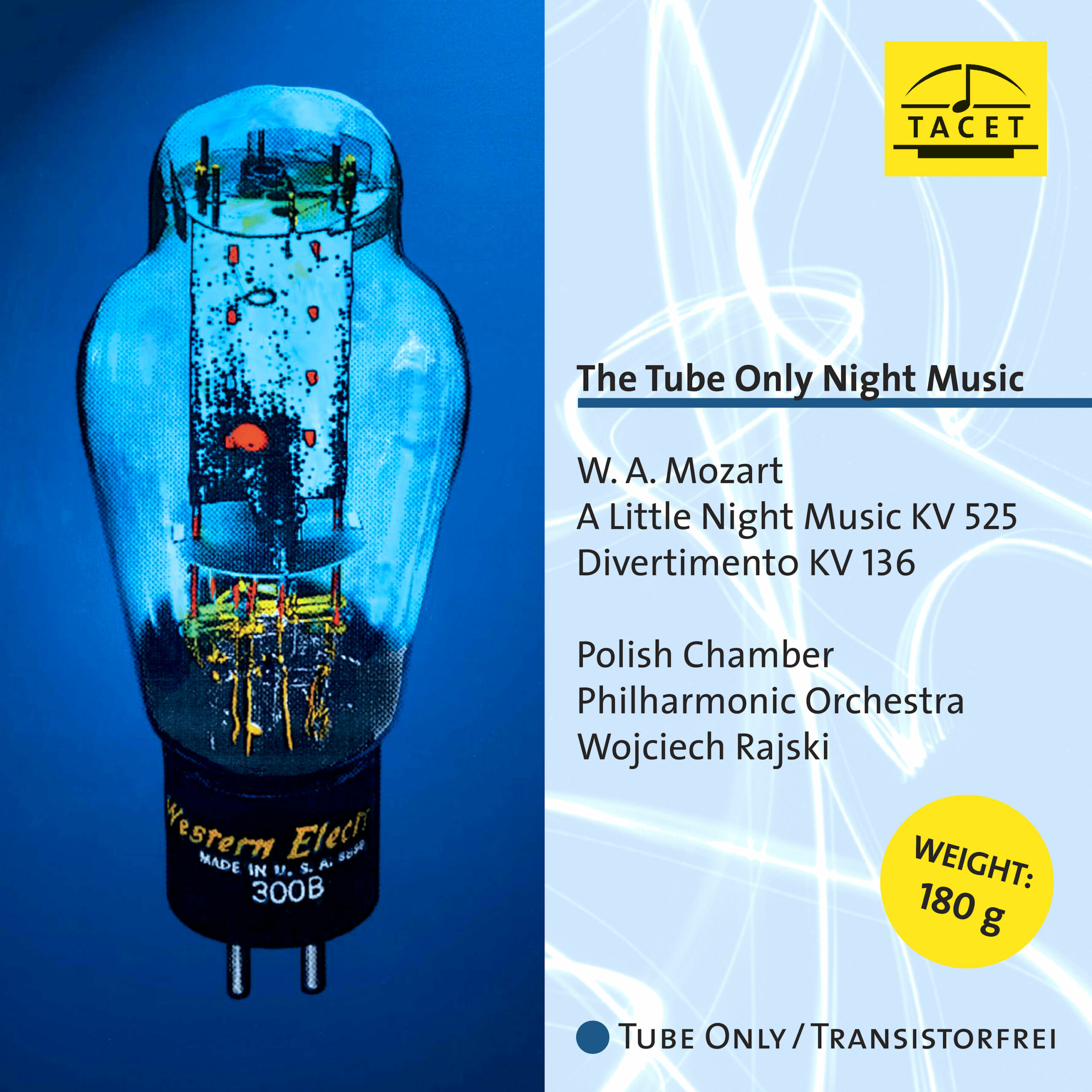
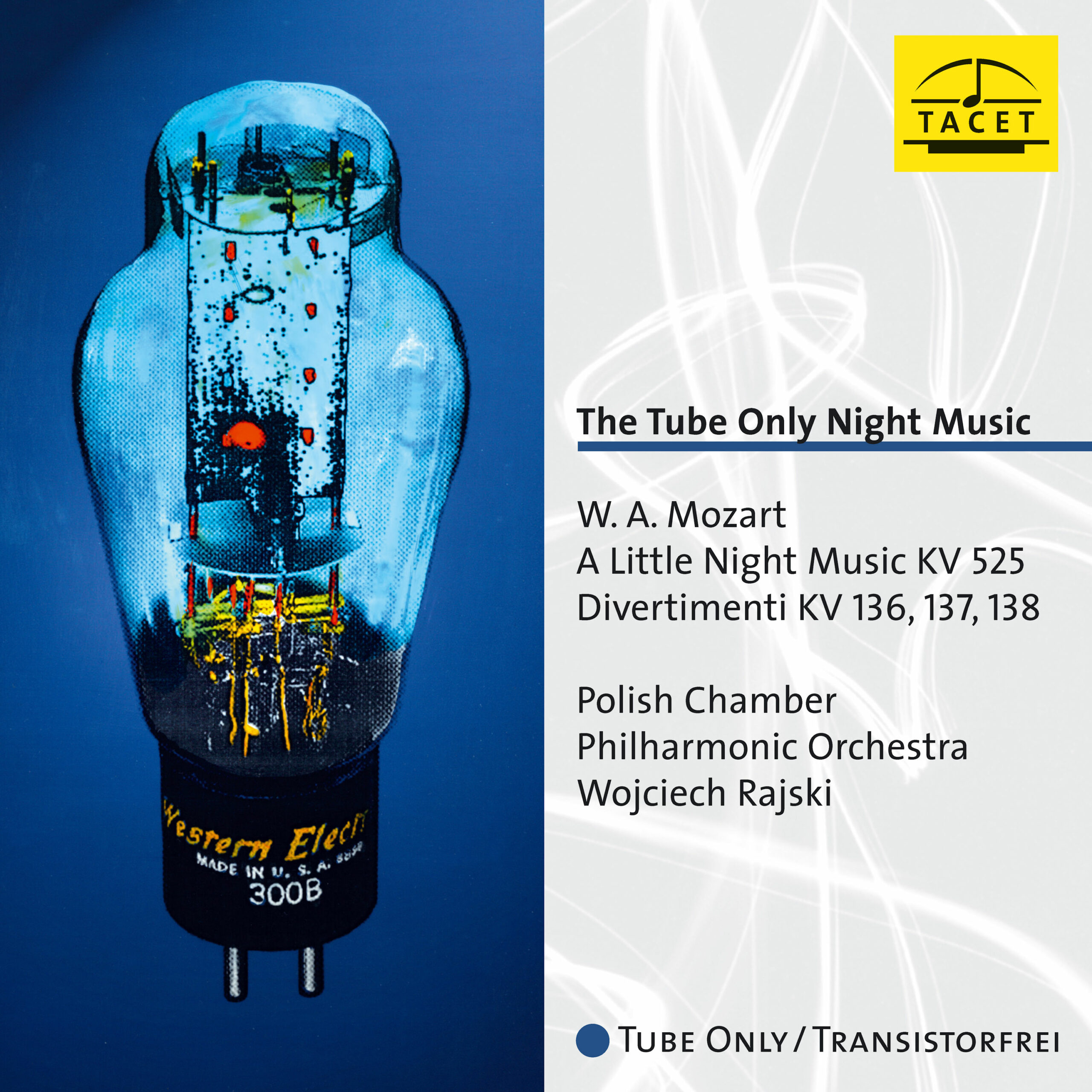
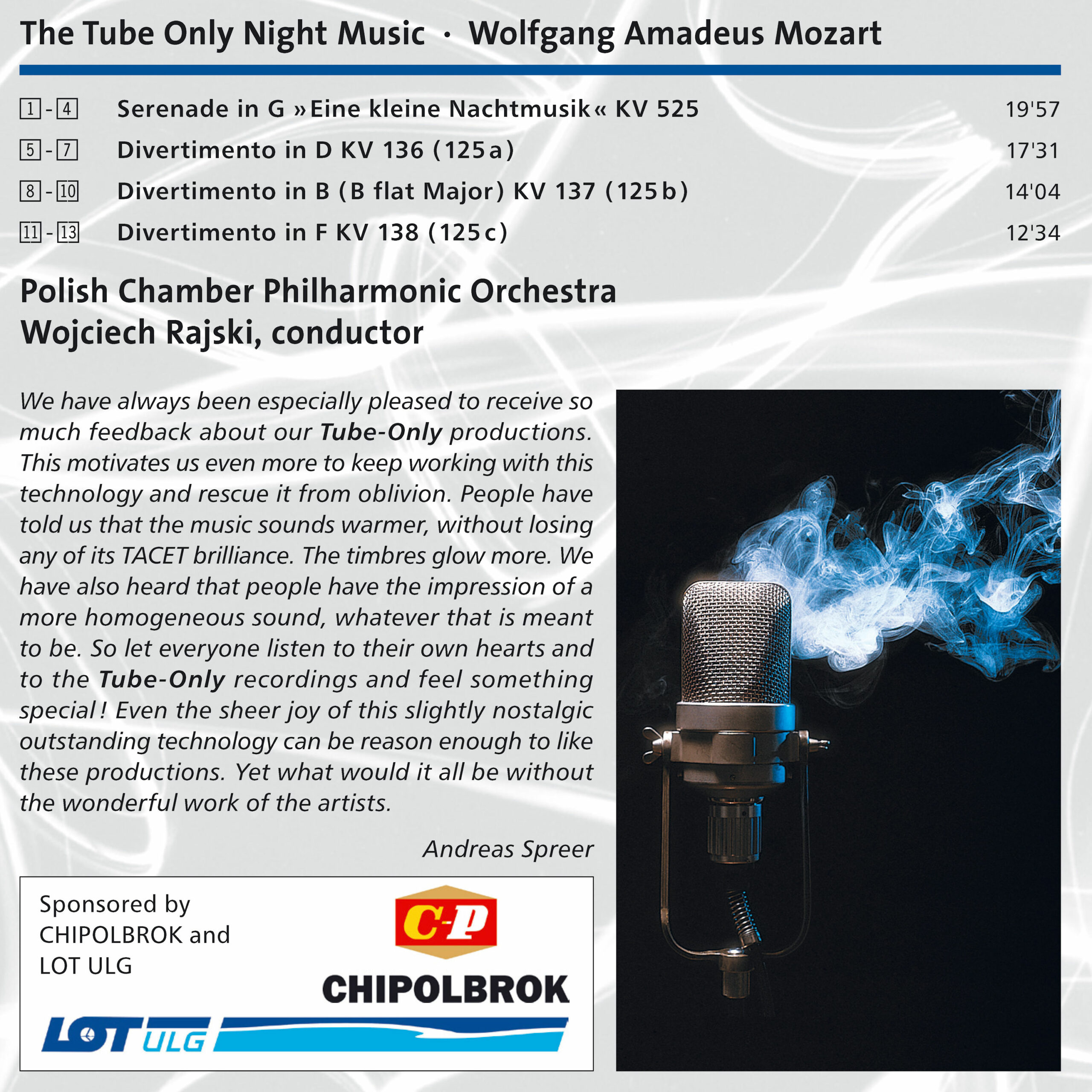
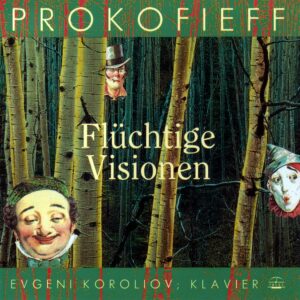
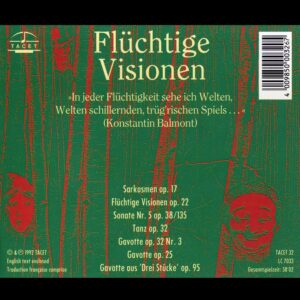
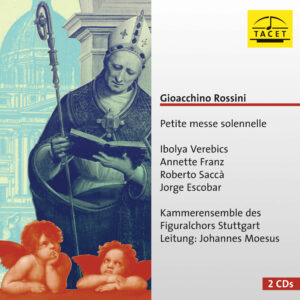
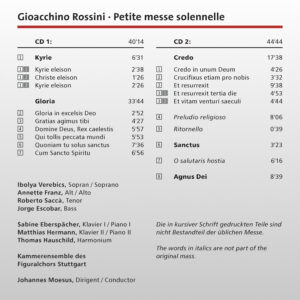
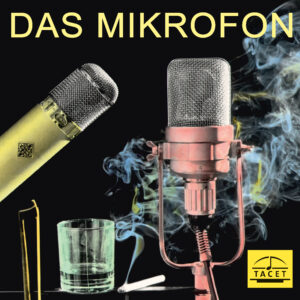
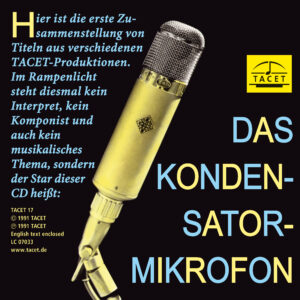
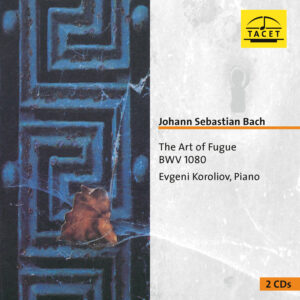
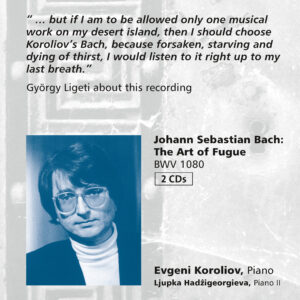
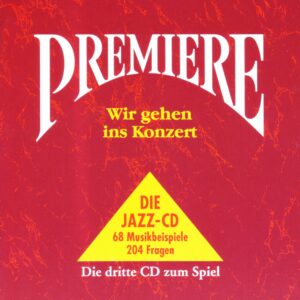
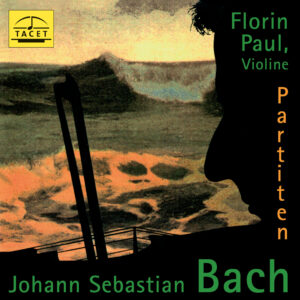
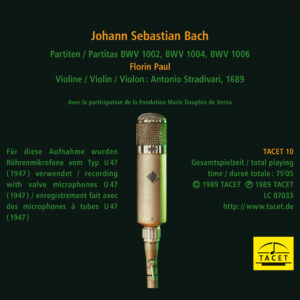
Die Zeit –
Vaccinate in time!
On the horizon looms the rococo-red Mozart flood. In the jubilee year it will bring us a plague of earworms, against which one should be vaccinated before the auditory canals get clogged. Above all, Mozart’s Eine kleine Nachtmusik KV 525 could become dangerous. It is advisable to listen to it critically before it becomes unavoidable as a populist fanfare. The most recent recording was at least made, counter to the mainstream, with a tube microphone. Does that already strengthen the distance-seeking listener?
No. With the full force of infantilizing familiarity, Mozart’s last serenade overwhelms us even in the unsentimental and taut performance of the Polish Chamber Philharmonic Orchestra under Wojciech Rajski (TACET S136). The first movement is so well constructed that you cannot switch it off despite allergic reactions. Such perfection of refinement almost hurts. Unpredictability, the twin sister of inventiveness, disappears not only because we know every note, but also because the music itself has something strangely impersonal—while the performers at least still grant us some earthly remainder, a touch of aggression and body. But Mozart himself is far from the fire of Don Giovanni, which was created at the same time. The second movement is missing, lost. The third, in self-experiment before the speakers, can be endured for about 1 minute and 40 seconds before the gentleness and worldwide fame of the Romance tighten around the neck like a stranglehold. The following Minuet doesn’t make it any better... But then comes the Rondo. A quick start, and suddenly one is free. It is as if the veins of a beautiful glacier corpse were suddenly filled with blood and spirits, and it springs from eternity back into life. Once Mozart veers so incredibly cheekily from G major to E-flat major that one has to laugh. Here the well-known surprises still feel new. This last movement is famous too, of course, but too nimble and lively to be whistled along as an earworm. Thus, the best vaccine—which surround-sound listeners can, incidentally, administer through as many as five speakers. Along with the three early Divertimenti KV 136–138. And in the last of these there are even a few bars that perhaps not everyone yet knows by heart.
Volker Hagedorn
Classics Today –
Just how anyone "hears" tubes when playing back CDs, which involve digital-to-analogue conversion, remains a mystery. An even bigger mystery is how such folks determine what natural sound is in repertoire that the vast majority of them have never heard live, in an acoustic space that they will never enter. Oh well, there are tube freaks, just like there are historical recording freaks, modern music freaks, piano freaks, conductor freaks--and what they all have in common is the fact that they are freaks.
Tacet′s Andreas Spreer, whether recording by tube or not, makes some of the best sounding recordings in the business, and this one is no exception. His name on a recording virtually assures its sonic excellence. By any standard, this release is technically outstanding, with lifelike string timbres realistically balanced in a nicely warm room. So if audio is what primarily concerns you, this is one Mozart disc you will certainly want to own.
Happily, the performances are also very good indeed. The excellence of Polish string players seems to be one of those musical traditions, like Czech wind playing, still very much alive and kicking. The Polish Chamber Philharmonic under Wojciech Rajski offers lively, refreshing performances whose high level of polish serves the music without ever turning precious or over-refined. Eine Kleine Nachtmusik has plenty of energy--the kind that makes you perk up and really listen even though you′ve heard the music a million times before.
But the real treats are the other works, little-played and full of charm, particularly the Divertimento in D KV 136, a surprisingly substantial piece in three well-developed movements. I′m not impressed by gimmicks, so couldn′t care less about the tube business. Good sound is good sound, and a good performance is a good performance. Tacet lets us have both, in equal measure.
David Hurwitz
Fono Forum –
Not only nostalgics are likely to be delighted by this production. The liveliness and presence of the sound vindicate the TACET label, which in its “Tube Only” series returns to the transistor-free technology of earlier years. Of course, the know-how of the sound engineer also contributes to this recording sounding so much more natural than the majority of new productions. The Polish Chamber Philharmonic plays with ease and without forced accents; cantabile expression is given precedence over sharp brilliance. Wojciech Rajski does not try to squeeze something novel out of these familiar works at any price; he remains within the bounds of stylistic propriety and leads his orchestra to play both carefully and with great vitality.
PTK
hermann – das magazin aus cottbus –
Mozart in a recording where the good old days of the pleasantly warm tube microphone and modern playback come together in a wonderful synthesis. And this is not just for technical ears—even casual listeners will delight in this “tube” Mozart.
Maria C.
Pizzicato –
Transistor-Free Mozart
TACET has released another transistor-free CD, recorded entirely using tube equipment. First and foremost, our impression of the sound must be shared. I am completely thrilled by the naturalness of the tone: one could hardly record a chamber orchestra in a more balanced, spatially optimal way. Certainly, this is also due to the acoustics of the hall, which provide excellent balance without distorting a single note. But the technology undoubtedly plays its part as well. This CD could serve as a benchmark for speaker placement—it has calibration-grade quality!
And it serves the music, which itself possesses a high degree of naturalness. Wojciech Rajski seeks nothing new from the pieces; he neither pushes tempi nor nuances, he does not dramatize or exaggerate, he simply makes music in the noblest and most honest manner. Unpretentious, vital, and with great sensitivity! The music sounds springy, colorful, dynamically rich, and very fluid. One could not wish for a better herald for the Mozart year. For this thoroughly delightful production and the boldness of recording this beautiful repertoire once again, a wholehearted “Supersonic” is most deserved.
RéF
Hessischer Rundfunk, CD des Tages –
(...) Are you also a fan of nostalgic radios? Perhaps you own one of those bulky wooden boxes with large tuning dials. And with buttons you have to press with all your strength, then wait several seconds as the tubes inside warm up and the magic eye lights up. This procedure has its justification, for the radios from the pre-transistor era reward you with an exceptionally fine sound—a sound with rich bass and direct, slightly sharp highs.
Our CD of the day is for everyone who longs for the tonal pleasures of earlier years. The CD comes from the label TACET, which here employs recording techniques from the early 1950s—“transistor-free,” as they call it. But even if you are neither a tech enthusiast nor a fan of nostalgic radios, our CD of the day will appeal to you, for aside from its excellent sound quality, it is hard to resist the music on this CD: Mozart’s Eine kleine Nachtmusik. (...)
The saying “Everything was better in the past” seems to hold true for CD recording quality. This CD was produced with a combination of well-preserved historical microphones, a mixing console with nostalgic tube amplifiers, and an analog tape recorder. It is almost unbelievable that this apparently produces a more beautiful sound than recordings made with the latest digital technology, where conversion and compression—i.e., a longer signal chain—likely lose something essential. The recording with vintage equipment sounds comparatively clear, direct, and remarkably honest. With full-bodied bass and present highs. Even the sharp noise produced when the bows stroke the strings is captured faithfully. One feels as if the ear is closer to the musicians of the Polish Chamber Philharmonic. And that is worthwhile, for they impress with passionate yet thoughtfully executed playing, undoubtedly contributing most to the success of this new CD. The Polish Chamber Philharmonic is not only among the best ensembles in the country but has also earned an excellent reputation worldwide in recent years. There are already over 40 CDs from this orchestra, founded over 20 years ago by conductor Wojciech Rajski.
What, then, would TACET’s CD of the day, with its exceptionally successful recording quality, be without the top-notch musicians of the Polish Chamber Philharmonic?
(...) Our CD of the day is an earworm in multiple ways: it offers popular and memorable compositions by Mozart (...), which continue to surprise anew. Especially when performed by a top orchestra like the Polish Chamber Philharmonic with such joy and ease, they are a delight to the ear.
Moreover, this CD pampers the listener with convincing recording technology—the transistor-free production in which the good old days of the pleasantly warm tube microphone and modern playback come together in a wonderful synthesis.
Der Schallplattenmann sagt –
Transistor-Free Mozart, Lightly Intonated
There are as many recordings of Mozart’s Eine kleine Nachtmusik (1756–1791) as grains of sand—some good, and unfortunately far too many less so. Today, when an ambitious but completely unknown ensemble takes on this work, it has to offer something truly special to stand out from the crowd. On this CD, the Polish Chamber Philharmonic Orchestra under the direction of Wojciech Rajski, together with its audiophile label Tacet, takes an extremely original approach. The recordings on The Tube Only Night Music were produced entirely without transistors—that is, they were actually recorded using “historical” tube microphones. The result is convincing, with warm sound and a lightly buoyant, yet clearly differentiated interpretation.
sal
Erbenheimer Anzeiger, Wiesbadener Anzeiger –
Mozart in the Tube—or: Viewed Through the Tube
Had Wolfgang Amadeus Mozart not provided the template himself through his correspondence, disrespectful wordplay would have been naturally taboo out of sheer reverence. Yet the master of verbal—and, much to the horror of serious governesses, also scatological—caprices would surely have had no objection to translating The Tube Only Night Music as “Tube Night Music,” as long as the musical execution suffered no harm.
And in this special treatment, it certainly does not: Andreas Spreer, who despite his virtuoso command of the most modern studio equipment has remained a “historical recording practitioner,” together with the Polish Chamber Philharmonic under Wojciech Rajski, placed Mozart’s Divertimenti KV 136–138 and KV 525 on the program of an entirely transistor-free production. TACET has thereby added another CD to its audiophile catalog, in which the good old days of the pleasantly warm tube microphone and modern playback merge in a wonderful synthesis. And anyone who assumes this is only for technical ears would be mistaken: even casual listeners will take great pleasure in this “Tube Mozart.” The only thing it doesn’t do is tube...
Thüringische Landeszeitung –
Night Music: With a Good, Old Tube
Uncompromising music philosophers turn up their noses at any recording: the full spectrum of sound in its immediate physical production, the dynamics and vitality of performance, even the momentary ether and uniqueness of a musical artwork can supposedly only be conveyed in a live concert. Every technically perfect recording is therefore at best a shadow of the real event—artificial, clay-like, and lifeless.
A remarkable contribution to this endless debate comes from the small Stuttgart label Tacet, with recordings made entirely without transistors, free of chips and bits, instead employing the refined craftsmanship of vintage—but perfected—tube technology. The newly released CD by the Polish Chamber Philharmonic, featuring Mozart’s Eine kleine Nachtmusik and three Salzburg symphonies, can be regarded as a reference product of such an audiophile undertaking.
One hears a wonderful ensemble, among the best in its country, with clear articulation, high cantabile quality in the strings, and musical verve—exquisite Rococo entertainment, in short. Surprisingly, the intimate closeness of the aged sound, apparently less obscured by technical brilliance than usual, is not coldly alienating. Only witnesses of the recording session could truly verify this. Yet as an engaging listening experience, as an excellent surrogate for a live concert, this CD comes highly recommended for connoisseurs. Warmly so.
Wolfgang Hirsch